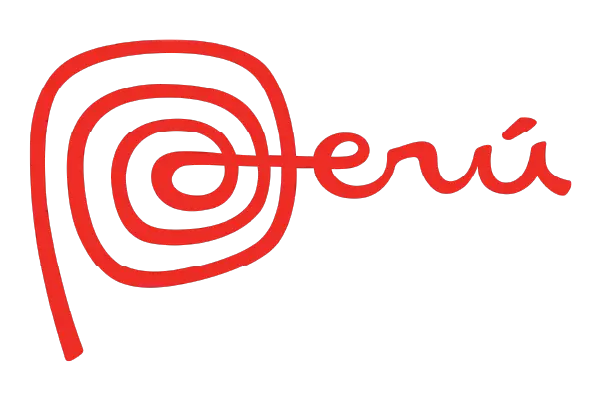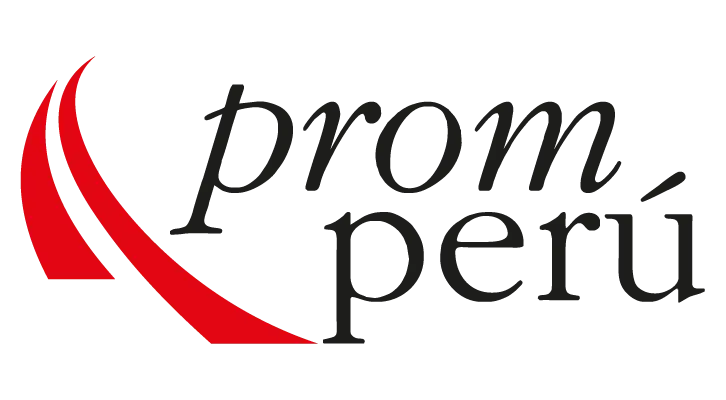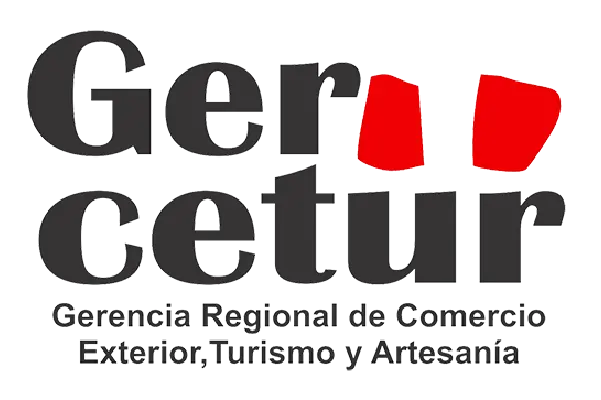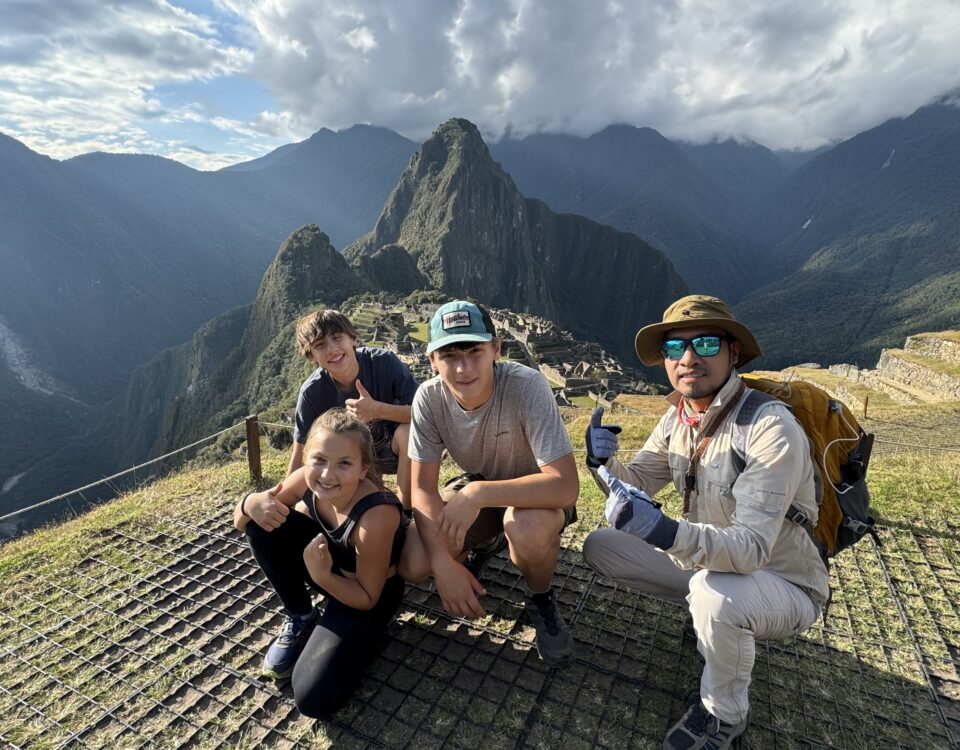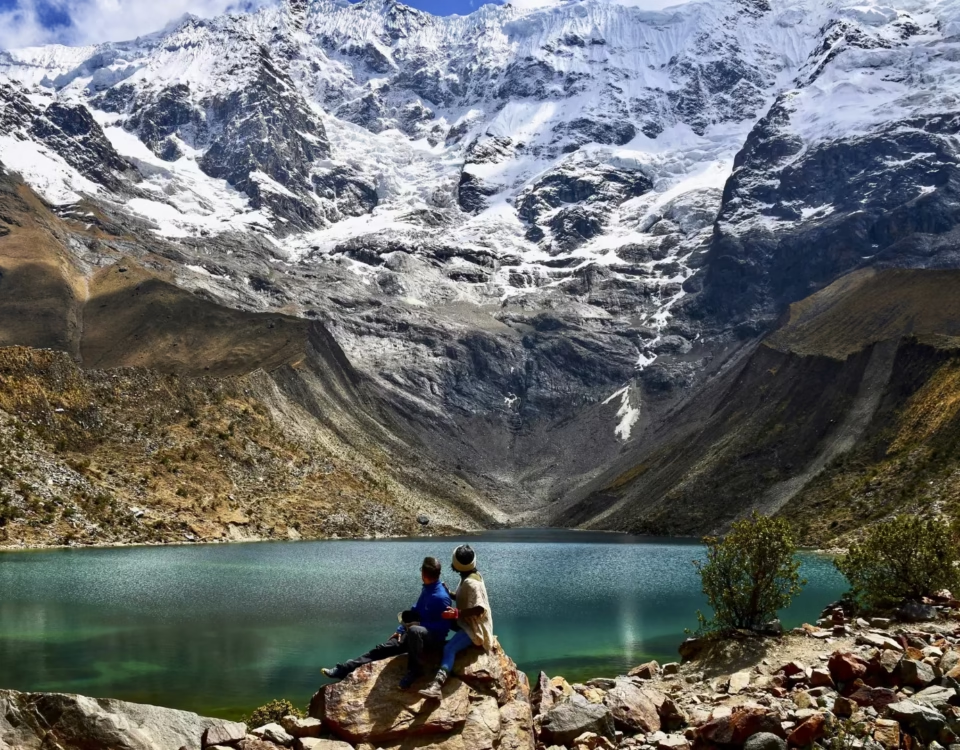Cusco Rainbow Mountain: When is the Best Time to Visit?

The Cusco Rainbow Mountain, also known as Vinicunca or the Mountain of Seven Colors, is one of Peru’s most stunning natural attractions. Its surreal stripes of colors have made it a global sensation, yet few people know about its historical, cultural, and spiritual significance beyond its beauty.
History and Geography of Cusco Rainbow Mountain
Located over 5,000 meters above sea level in the Cusco region, Rainbow Mountain is part of the sacred Ausangate massif in the Andes. For centuries, it was home to Quechua communities who revered mountain spirits called apus. Ausangate is one of the most powerful apus in Andean belief.
The vibrant hues of the mountain are due to layers of mineral sediments accumulated over millions of years. Only in the early 2000s, when glacial ice began to recede, were the colors fully revealed to the world.
Myths and Andean Cosmovision
In Andean worldview, Cusco Rainbow Mountain is a sacred site. Its colors are believed to symbolize the diversity and blessings of Pachamama (Mother Earth). Each color holds spiritual significance: red for life, yellow for the sun, green for nature.
Local myths speak of a petrified rainbow sent by the gods to protect the Andean people. Communities nearby still hold ceremonies and offer tributes to Pachamama in gratitude and reverence.
The Challenge and Adventure of Reaching the Mountain
Reaching the Cusco Rainbow Mountain is a true adventure. The journey begins in Cusco city, followed by a car ride to villages like Pitumarca or Cusipata. From there, a hike of 1.5 to 3 hours is required depending on the chosen trail.
This trek is not easy: the high altitude and unpredictable weather make it a challenge, even for seasoned hikers. However, those who reach the summit are rewarded with breathtaking views of the Rainbow Mountain and the Ausangate glacier.
Lesser-Known and Alternative Routes
While most travelers take the traditional route via Cusipata, there are lesser-known yet equally mesmerizing alternatives:
- Chillihuani Route: fewer tourists, offering a quieter and more immersive experience in nature.
- Red Valley Trek: adjacent to Rainbow Mountain, this path offers a Martian-like red landscape.
- Ausangate Circuit: a multi-day trek around the glacier that includes Vinicunca. Perfect for adventure lovers.
Best Time to Visit Cusco Rainbow Mountain
The ideal time to visit the Cusco Rainbow Mountain is during the dry season, from May to September. These months offer clear skies, vibrant colors, and safer trails.
Avoid January through March, as heavy rains may obscure the colors and make the path muddy or snow-covered.
Tourist Importance of Cusco Rainbow Mountain
After Machu Picchu, the Cusco Rainbow Mountain is one of the most visited places in Peru. It has significantly boosted the local economy, with rural communities offering guiding services, rustic lodging, transportation, and handicrafts.
However, overtourism poses risks to the fragile environment. Promoting sustainable and responsible tourism is essential to preserve its natural and cultural value.
Visiting the Cusco Rainbow Mountain is much more than a visual experience. It is a journey through Andean culture, mythology, spirituality, and nature. Whether you seek a challenge, an adventure, or a cultural awakening, this mountain promises a unique and meaningful experience.
Plan your trip wisely, choose the right season, explore alternative routes, and connect with the living traditions of the Andes.
